Embracing Roger Corman’s Stepmonster with Filmmaker Billy Corben

“Grandpa says there are only three monsters left on the earth:
Bigfoot, The Loch Ness Monster, and Tropopkins.”
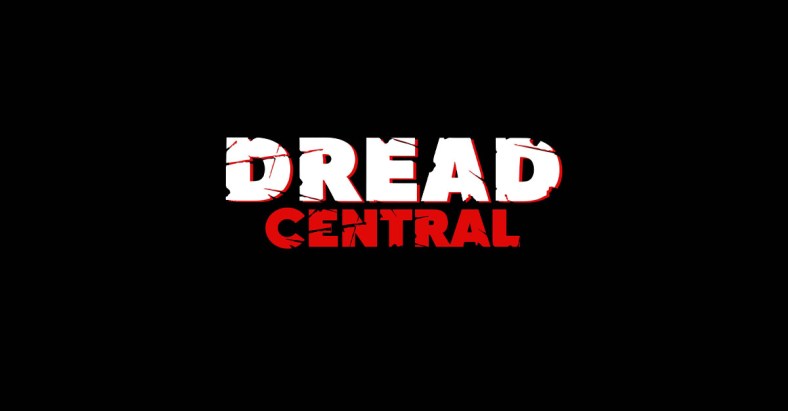
Roger Corman and the Tropopkin chit-chat on the set of Stepmonster
Director: Jeremy Stanford
Writer: Fred Olen Ray, Craig J. Nevius, Mark Thomas McGee
Cast: Alan Thicke, Robin Riker, Billy Corben, Corey Feldman, Ami Dolenz, John Astin, Molly Cheek, George Gaynes, Alice Hirson
PART I
A Forgotten Genre: Appreciating Monster Movies For Kids
Born, in part, out of the imagination of independent cult filmmaker legend, Fred Olen Ray, Stepmonster is a mostly forgotten 1990s monster movie full of ridiculous humor, a fun monster, and enjoyable cast performances — particularly for such a low budget film. The film is set around Todd Dougherty (played by Billy Corben), a normal teenager who loves monster movies almost as much as he loves comic books. After his mother mysteriously goes missing in the woods without a trace, Todd finds himself temporarily living with his grandparents while his father, George — as we later learn — is off canoodling with a new woman. When his father returns with a new love interest, Denise (played by Robin Riker), Todd suspects something is amiss. As odd things begin happening, Todd suspects his soon-to-be stepmother is actually an evil creature called a Tropopkin. The problem? Nobody believes him. But as soon as the neighbors start turning up dead, Todd desperately tries to convince his friends, grandparents, and father that Denise isn’t who she claims to be. Can he stop this man-eating monstrosity from marrying his father before becoming the Tropopkin’s next treat?
Early on in Stepmonster, we see two central themes emerge: the importance of the imagination and the significance of maintaining hope. Unfortunately for Todd, his father does a poor job embracing either. In fact, for much of Stepmonster, he can be found berating Todd for all sorts of “infractions” ranging from not practicing his violin to spending too much time buried in his comic books. One of the first instances comes early on in the film when Todd and his parents arrive at the secluded cottage they’ve rented for vacation and a chance to catch some R&R. Upon arriving at the cottage George is quick to share his opinion of their lodging as being “an architect’s nightmare” due to the “awkward entry, faulty draining, and boring design.” Ever the optimist, Todd’s mother, Abby, asks George to “use his imagination” to which he responds with a bewildered, “my what?” Almost immediately following this exchange, George (blueprints in hand) reminds Todd that this vacation is “a working one” for him and that he’s got little time for anything else. Defeated, Todd retreats back to his comics. (Nice going, dad). These themes are revisited several more times throughout the film, usually within the context of George’s reluctance to embrace Todd’s view of the world (that is, one largely driven by comic books and monsters). At one point, Todd even asks his mother if he’s going to, “lose his imagination like Dad.”
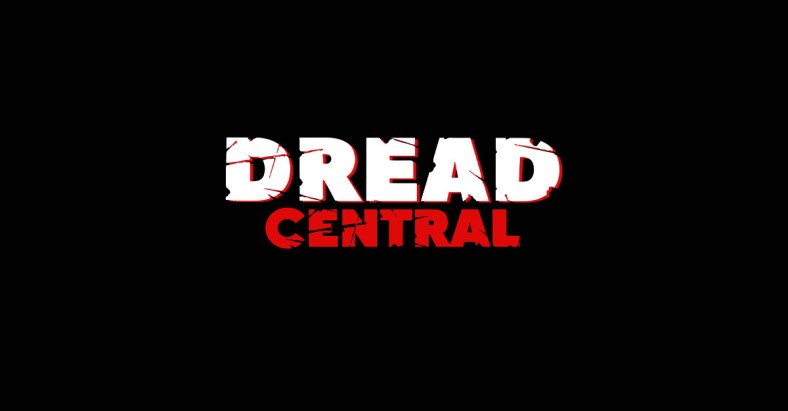
VHS packaging for Stepmonster
Light-hearted horror films and monster movies for kids, like Stepmonster, were an important part of my world growing up in the 1980s and 90s. In those days there seemed to be an abundance of original material to choose from, and I fondly recall renting (and re-renting) such films as Something Wicked This Way Comes (1983), Gremlins (1983), Monster in My Closet (1986), The Monster Squad (1987), Little Monsters (1989), The Witches (1990), and many others. These were formative movie watching years for me and without question many of these made-for-adolescent horror films and monster movies helped develop my palette for the gritty b-horror cult films I would eventually grow to love and collect.
Concorde-New Horizons (now New Horizons Picture Corp), the brainchild of B-movie giant, Roger Corman, was one of several companies responsible for both producing and distributing such kiddie trash gems as, The Dirt Bike Kid (1985), Munchie, Munchie Strikes Back (1994), and of course, Stepmonster. As actor-turned filmmaker, Billy Corben, explained to me during our recent interview, “New Horizons had this insane B-movie factory approach where they literally shot a movie a month. It was an amazing system.” Of course Corman’s name is now synonymous with cult films and B-movies, and it was actually his New Horizons company that was one of the first to utilize the direct-to-video model as a viable means of distributing films of that ilk. “He had this little studio in a warehouse on a lot in Santa Monica,” Corben told me, “where these guys would just pump this stuff out. It was rather remarkable.”
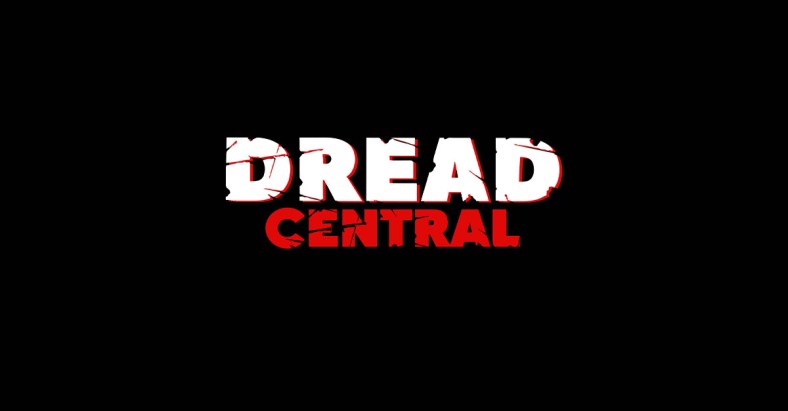
Screen-used Tropopkin comic books from Stepmonster. Courtesy of Jeremy Stanford
So active was the B-movie production machine of the 80s and 90s that it’s hardly surprising that even some of the better titles were overlooked and swallowed by the unavoidable passage of time. Many of the films like Stepmonster went straight to the direct-to-video market, sometimes never to be heard from again. And that’s unfortunate because the kid horror sub-genre (one that sits suspended somewhere between legitimate family and straight horror film) is worth exploring not only for the opportunity to discover obscure titles but because many of them offer really creative and downright fun concepts that kids and adults can appreciate.
These films tend to feature a kid or group of kids focused on a common goal — one usually out-of-sync with whatever the adults are up to. They’re important films for youngsters because they champion the notion that kids are relevant, even powerful, and that they have an important place in the world. At their very core they’re simple, honest portrayals of the human spirit and they were effective in capturing the essence of what it means to be a kid usually through the conquering of malevolence and evil. And this brings us to the primary focus of this piece: the 1993 horror-comedy for kids, Stepmonster, a film that Corben warmly described as, “A wonderful homage to childhood daydreaming about comic books come to life.”
For me, Stepmonster is a fabulous little film that touches on many important themes of growing up and ought to be remembered and re-introduced to those with an interest in the tamer side of B-movies and horror films. (After reading comments on YouTube and film blogs begging anyone with a copy to put it online, it’s clear that others agree). In conjunction with parts of my interview with Billy Corben, I’d like to put forth in the sections below my argument for why I feel Stepmonster deserves a legitimate re-release, full of all the extra feature bells and whistles film fans have grown to enjoy and expect.
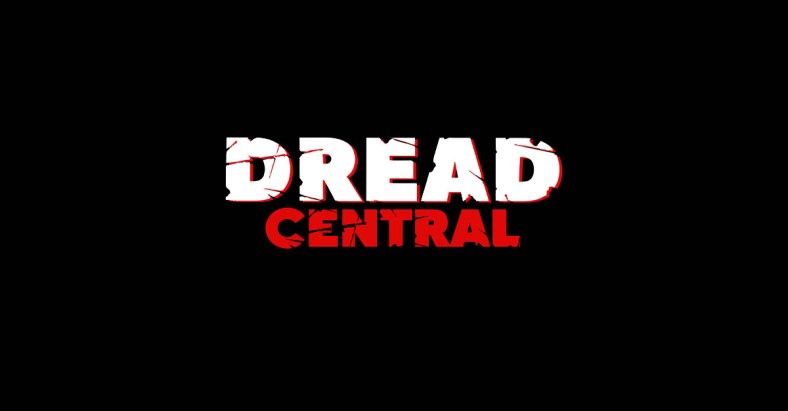
Billy Corben and a Tropopkin get chummy on the set of Stepmonster. Courtesy of Gabe Bartalos/Atlantic West Effects
PART II
1) A Bridging of Generations: The Killer Cast and Crew of Stepmonster
For such a small production (in terms of budget as well as actual hands on set) Stepmonster boasts an impressive lineup of talent both behind and in front of the camera: Alan Thicke, Robin Riker, Billy Corben (who went on to make such renowned documentaries as Cocaine Cowboys and the ESPN 30 for 30 films, The U, and, Broke), George Gaynes, Ami Dolenz, Corey Feldman, Edie McClurg, a young Sean Whalen, and even Gomez Addams himself, John Astin (playing a chain-smoking minister with a violent cough that I can only assume is the result of raging emphysema). In the cinematographer’s chair sat a young Wally Pfister, who would later win an Academy Award for Best Cinematography for Inception (2010) and become the right-hand man for Christopher Nolan on the smash hit films The Dark Knight (2008) and The Dark Knight Rises (2012).
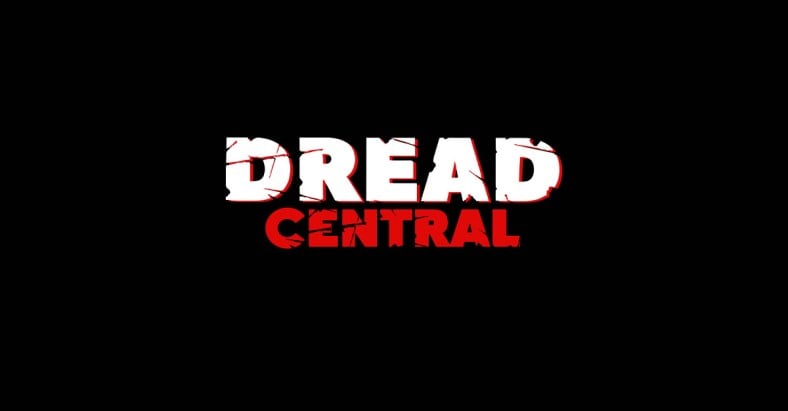
Billy Corben and John Astin on the set of Stepmonster. Courtesy of the Corben family
Watching these many generations of talent converge around a story about comic books and carnivorous creatures is fun, kid-movie gold. During our recent conversation, Corben recalled what it was like for him to work alongside so many familiar faces on the set of Stepmonster — many of whom he had grown up watching on the big and small screens:
–Alan Thicke & John Astin: “I was about 14 years old when we shot Stepmonster. And, hey, I already knew guys like Alan Thicke and John Astin [from “The Addams Family”] because I was a Nick at Nite viewer, so I watched all of those old shows. It was so incredible for me — it was very cool.”
–Robin Riker: “She was an absolute sweetheart. On her last day of production she gave everybody in the cast and crew a gift. It was the Tropopkin comic book cover art from the film, framed, with a personalized note on each one. I still have mine somewhere.”
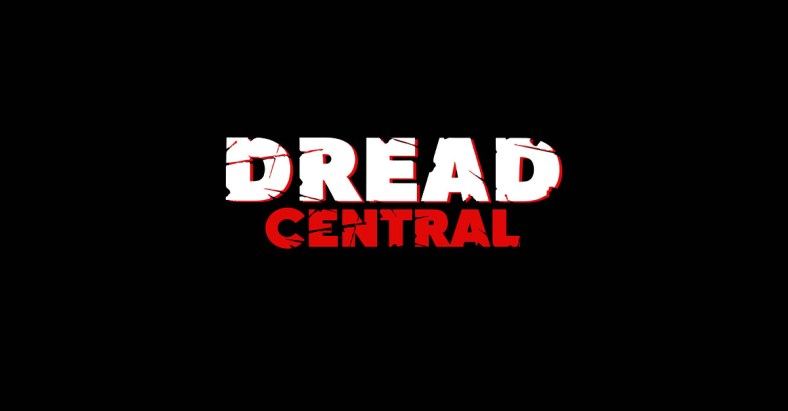
Robin Riker sporting Tropopkin ears on the set of Stepmonster. Courtesy of Gabe Bartalos/Atlantic West Effects
–Ami Dolenz: “Ami was one of the most beautiful people I had ever seen in my life. My mother said to her, ‘You know this is so funny that you’re Billy’s love interest in this because your father [Micky Dolenz] was my love interest growing up as a kid watching The Monkees!’ Sure enough the next day there was Micky Dolenz visiting Ami on the set. It was pretty cool.”
–Edie McClurg & George Gaynes: “Edie McClurg from Ferris Bueller’s Day Off!? I was losing my shit. And then George Gaynes… I remember asking him, “Please, George. Just give me one, ‘PUNKY!’” I loved his work on “Punky Brewster” and Police Academy. The whole thing was like a playground for me.”
–Corey Feldman: “Oh man, Corey…holy fuck! The Goonies! Lost Boys! That was ridiculous for me. I remember Corey usually had a group of young guys with him — all child actors — and they would hang out with each other wherever they were filming. They were all really supportive. I remember one day Corey put his arm around my neck and he looked at my mom, Eileen, and said, ‘Billy reminds me so much of myself when I was his age,’ and my mom responded, ‘Holy God, I hope not!’ He laughed his ass off.”
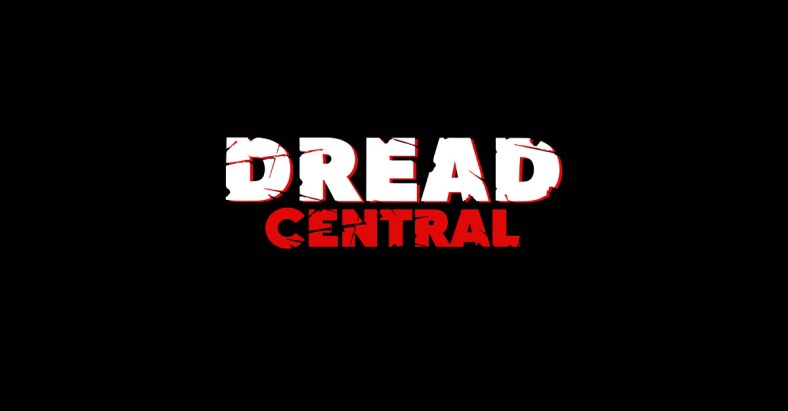
Billy Corben and Corey Feldman on the set of Stepmonster. Courtesy of the Corben family
With a cast and crew of this quality I’m surprised that Stepmonster has remained a largely unknown film more than two decades after it was made. Each performance showcases a seriousness to the material without overselling it as anything but light-hearted monster fun. In our conversation, Corben talked about everyone on set as having “a real understanding of what it was all about, especially for a B-movie. Nobody was taking it too seriously and yet nobody was making fun of it.” In a lot of ways, Stepmonster represents the unique bridging of seasoned and newcomer talent, with folks like Gaynes and Astin reaching the twilights of their careers and others just beginning to find their professional stride. “In hindsight,” Corben recalled, “looking back at people like Wally [Pfister], Bodhi Elfman, [Sean] Whalen and a bunch of those guys, you know, they’ve been in hundreds of things. It’s kind of amazing.”
2) Humor + Horror: Tongue-in-Cheek Elements in Stepmonster
Every major male character in Stepmonster is horny or — at the very least — transparent about his inclination for some romantic rendezvous. As per usual with many teenage boys, Todd Dougherty is curious about the opposite sex. One example of this comes when we discover that he’s set his alarm clock to wake him at the precise moment his next door neighbor and babysitter, Wendy (played by Ami Dolenz) changes out of her work clothes. What a creeper! It’s a not-so-subtle theme that shows up every now and again throughout the film suggesting to this reviewer that the camp from which this story evolved was at least partially influenced by the male perspective. From grandfather Norman’s question to Todd’s father, “We all get horny, Georgey boy. Why buy the cow when the milk is free?” (referring to his forthcoming second marriage) to Todd’s conversations with Wendy about French kissing and Todd’s desire for her to bathe him — Stepmonster is not shy about peppering an otherwise kid-friendly script with a little risque humor. I’m sure initial adult viewers were charmed.

Screen-used Tropopkin comic books from Stepmonster. Courtesy of Jeremy Stanford
The elements of horror in Stepmonster (while not overabundant or gory by horror fan standards) are surprisingly effective, thoughtfully placed, and even eerie in certain spots. And despite shielding viewers from any hardcore on-screen violence, the filmmakers still succeed in delivering several spooky attack sequences. One that stands out involves a rather unlucky paperboy. After the Tropopkin catches him and beings feasting on his body, Todd watches on in horror as the boy kicks and convulses from behind a hedge. Delicious! This restrained approach to showing blood, however, might not have always been the plan, revealed Corben during our interview. As he explained, the first cut of Stepmonster featured much more blood, so much that it actually landed the film an R rating — something the filmmakers were not pleased about. “[Stepmonster] really was my first taste of the double standard of the MPAA. In fact, I remember [director] Jeremy Stanford sent me a VHS of the ‘director’s cut’ which literally had just extra frames of gore during the Tropopkin attack scenes. But I think because it was New Horizons and Roger Corman, it got an R rating. It was devastating because I think they [the executives] were concerned that Disney and others wouldn’t pick it up, so Jeremy had to go back and make the necessary trims.”
The special effects used during the Tropopkin transformation scenes are quintessential 90s cheese, though they do culminate into what I think is a really great looking creature — the handy work of Gabe Bartalos and his studio. (One online reviewer commented that the Tropopkin’s face reminded him of what happens when you melt those little green plastic army men. I can and will only interpret this as a compliment). The stunt actress who assumed the role of Tropopkin, the late Denise Lynne Roberts, moved fluidly in the full-bodied suit and displayed all of the necessary growls and howls one has since come to expect from any respectable Tropopkin. And unlike many other low budget films that came before it, the filmmakers of Stepmonster don’t shy away from showing you the beast. Rather, viewers are treated to a handful of head to toe shots of the ol’ Tropopkin and even a scene featuring both the Tropopkin and Todd ogling a screaming Ami Dolenz donning only lingerie — a detail that further supports the argument that Stepmonster is made in a true tongue-in-cheek style rarely seen in kid films today. Corben agreed, “Oh, in 2016 that stuff’s all straight up creepy!”
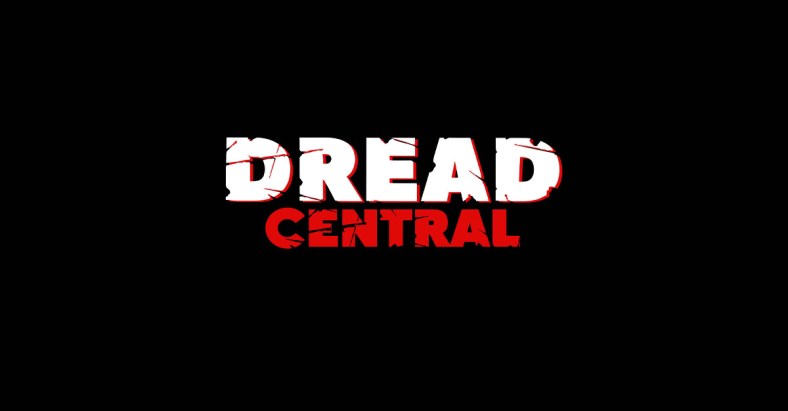
Gabe Bartalos sculpts the Tropopkin’s head. Courtesy of Gabe Bartalos/Atlantic West Effects
3) The Sounds of Stepmonster: Terry Plumeri’s Original Music
In an interview conducted several years ago with Soundtrax.com, the late composer and conductor, the late Terry Plumeri, spoke about the process of scoring original music for Stepmonster. “Another film…which I feel is one of my greatest accomplishments in film music, was a Disney Channel film called Stepmonster, about a stepmother who from time to time turned into a monster and ate some of the neighborhood kids as well as the adults. It was tongue-in-cheek horror. It’s one thing to write family music and one thing to write horror music, but to write horror music with a smile is another ballgame. That film was also one of those films that was a real education musically. I walked away from that film having expanded my vocabulary and my understanding of a specific musical accompaniment.”
The challenges of creating an effective kids horror film and those that Plumeri spoke of in creating the music for Stepmonster are one and the same: striking that balance between horror and humor while maintaining a palpable storyline that can appeal to a younger viewership. The same goes for the music. In order to seamlessly complement the imagery on screen the music ought to both enhance the moments of horror while sustaining the underlying playfulness of those comedic moments of non-horror. Plumeri was aware of this and I think it’s evident when you watch the film. “I thought the score was brilliant,” admits Corben. “Speaking again to tone, it was this very clever Bernard Herrmann pastiche but still very much in a kind of 1990s children’s horror movie kind of way. He had those slicing Herrmann-esque/Hitchcockian strings but then there were also the very tender family themes. Even the music during the violence was playful. The score really was expertly composed and arranged, but still playful.”

Terry Plumeri performing on the contrabass
For the aforementioned reasons I feel that Stepmonster is well-deserving of a legitimate re-release packed with cast and crew interviews and Trop-of-the-line bonus features. Having re-watched the film several times during the writing of this piece, it seems to me that there already exists a built-in audience for exactly this type of film (from kids to horror fans to horror fans with kids) — even if some of them don’t even yet realize that Stepmonster exists in the first place. What’s more is that the majority of the cast and crew are still with us, so the time is right to dust off those cobwebs and formally welcome Stepmonster back into the B-movie family.
*The author would like to thank Billy Corben, Jeremy Stanford, Alan Thicke, Robin Riker, Mike McCarty, Gabe Bartalos, Alba Francesca, Sean Whalen, and Fred Olen Ray for their time and for being willing to take a stroll down memory lane. The author would also like to thank Roger Corman and New Horizons Picture Corp.
Categorized:News Retrospectives

